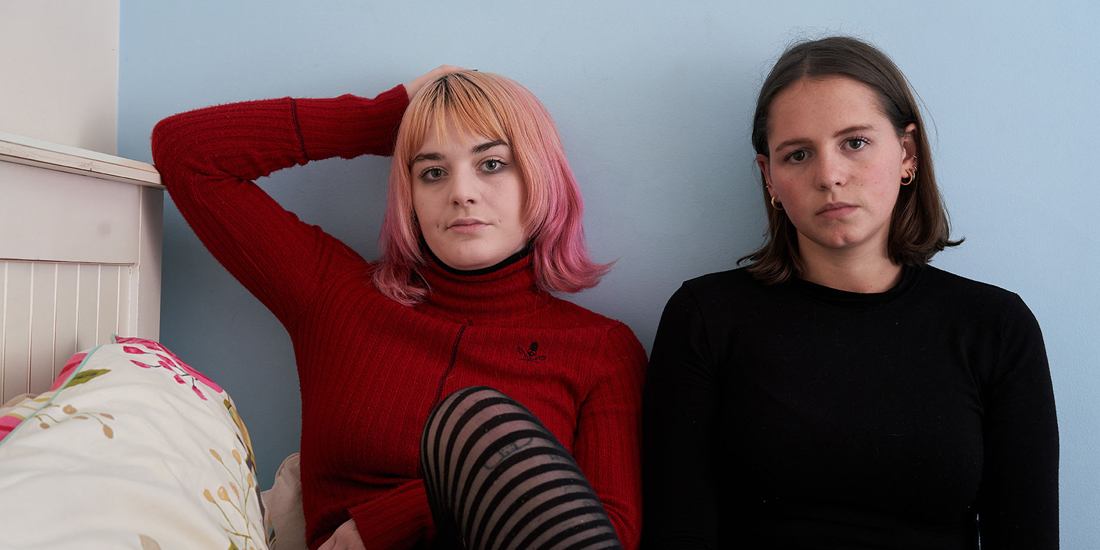
The rate of young Australian women dying by suicide is growing year on year; increasing by 38 per cent between 2004 and 2014, an Orygen analysis of Australian data has found.
The analysis of data from the National Coronial Information System and Australian Bureau of Statistics looked at annual suicide incidence among young Australians aged 10–24.
It showed that the rate of death by suicide among young men did not change significantly during the same 10-year period.
Orygen’s head of suicide prevention research, Associate Professor Jo Robinson, said the findings challenged some common assumptions about suicide.
“The dominant narrative in suicide prevention is that we need to be paying attention to middle-aged men,” Associate Professor Robinson said. “But we're seeing a very worrying trend in young females.”
The analysis, published in the current issue of BMC Public Health, was undertaken by Associate Professor Robinson, Nina Stefanac, Sarah Hetrick and Katrina Witt alongside the University of Melbourne’s Carol Hulbert and Matthew Spittal.
It found that although young men made up 75 per cent of all young people (3709) who died by suicide, there was a significant increase in the rate of death among females.
In the decade to 2014 the rate of suicide in young females increased by three per cent per year, equating to a total increase of 38 per cent.
“These figures speak to the fact that young women aren’t being taken seriously when they present to emergency departments and other health care professionals for help,” Associate Professor Robinson said.
“Young women who present with self-harm are often dismissed – they’re sent away as attention seeking without getting adequate care – but then we're seeing them represented in suicide statistics.”
Females aged 20–24 were 8.3 times more likely to die by suicide than younger females (aged 10–14), however there was also a clear upward trend in the rate of death in females aged 10–14.
Among Indigenous females, suicide rates were four times higher than for non-Indigenous females.
Associate Professor Robinson said although the factors contributing to the increase in female suicide were complex, the solution may be relatively straightforward.
“Unlike middle aged men – who tend not to seek help – these are young people who are in the system, they're young people who are presenting for help,” Associate Professor Robinson.
“So when young females present with depression, anxiety and suicide-related behaviour – including self-harm – we need to be taking that behaviour really seriously.
“The solution is better service and system responses. Adequate assessment, adequate treatment, and adequate follow-up are the recipe for success.”
Associate Professor Robinson said the findings around suicide in young women reflected a broader trend across Organisation for Economic Co-operation and Development countries.
“It's what we've suspected anecdotally for some time,” she said. “With this study, what we've been able to do for the first time in Australia is to demonstrate that with evidence.”
Associate Professor Robinson is supported by a NHMRC Career Development Fellowship; Sarah Hetrick is supported by an Auckland Medical Research Foundation Douglas Goodfellow Repatriation Fellowship; Katrina Witt is supported by a post-doctoral fellowship awarded by the American Foundation for Suicide Prevention.